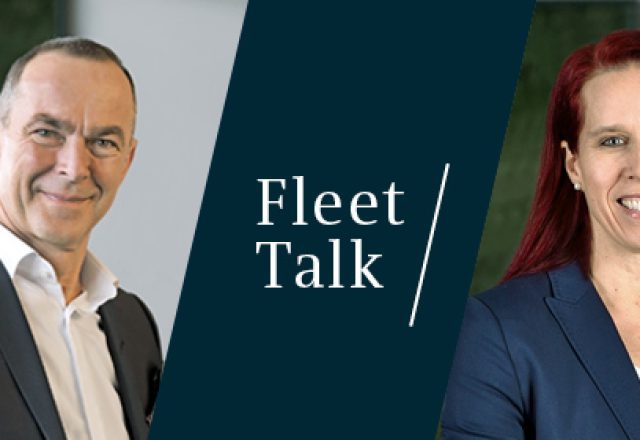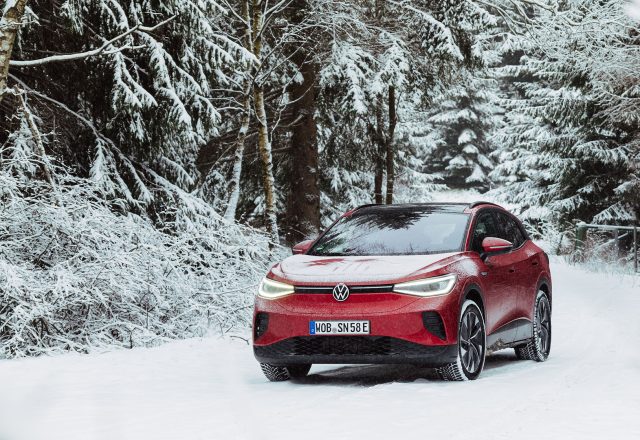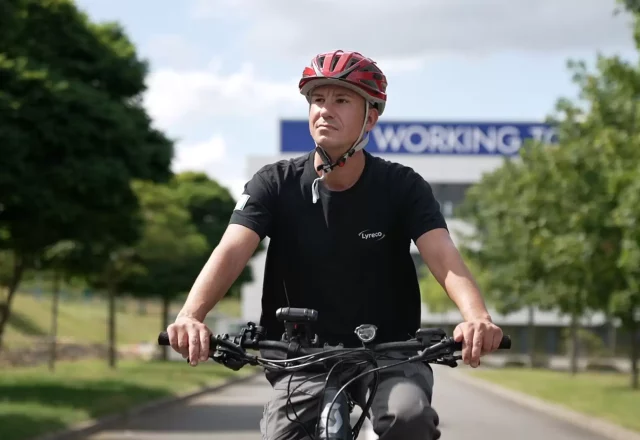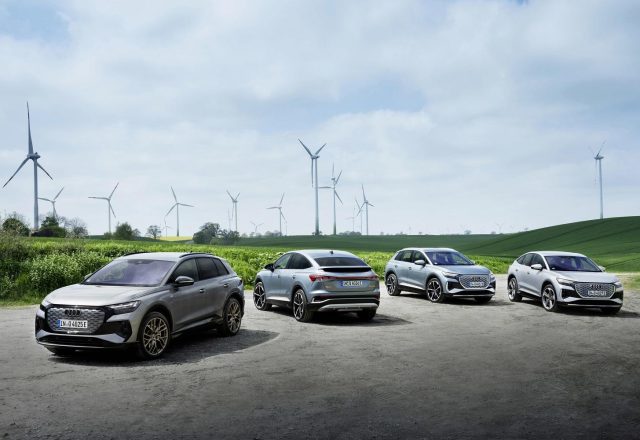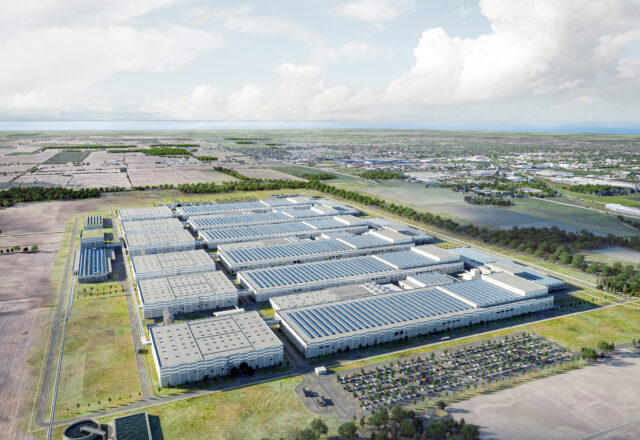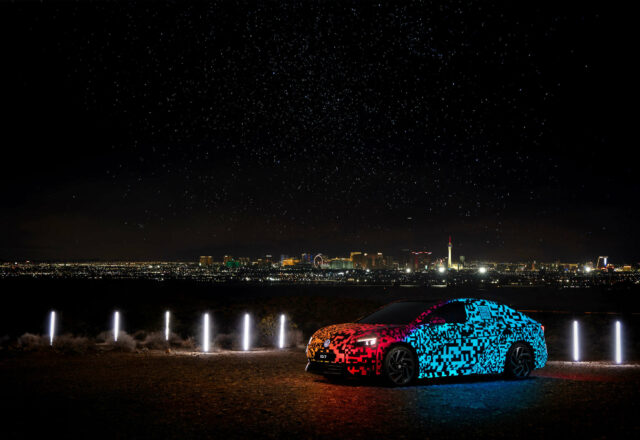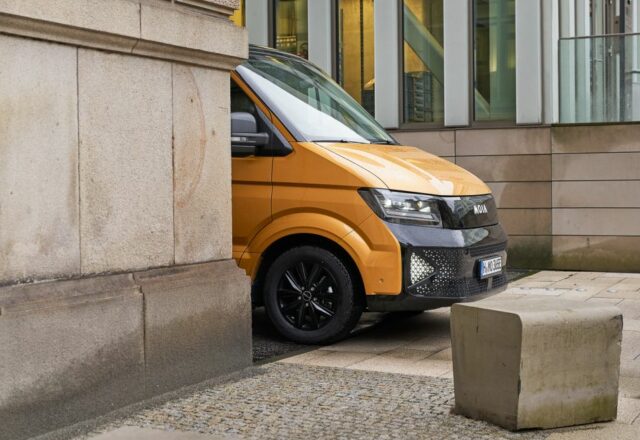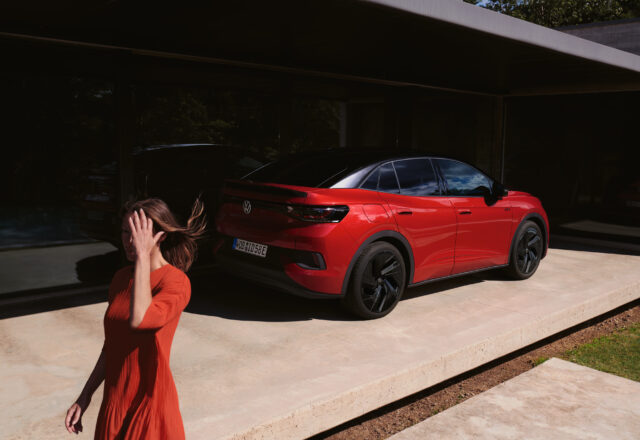Interview with Professor Stefan Bratzel, Founder and Director of the “Center of Automotive Management” independent research institute

The automotive world is undergoing the greatest transformation in its history. We spoke to innovation researcher Stefan Bratzel from the “Center of Automotive Management” research institute about why knowledge is becoming a critical success factor in the new world, what connectivity has to do with this, and why the pace of electrification could be improved.
Professor Bratzel, vehicles today are connected. In other words, they are interlinked and can communicate with other vehicles, with their environment and with the cloud. The greater the number of vehicles that supply data, the more precise the output. Is it therefore an advantage to drive a vehicle from the Volkswagen Group? Buzzword “swarm intelligence”?
In our annual Connected-Car-Innovations (CCI) study, we examine the innovation trends and innovation services in the area of the connected vehicle. The focal points in this respect are the future fields of connectivity, interfaces, autonomous driving and connected services. Our aim during the study was to define use cases up to 2030. And many different use cases exist that show that customers perceive the quantity of connected vehicles as an important lever for obtaining valid information. The question of how to provide customers with relevant information at the right time is therefore one of big data. For this reason too, topics such as operating systems, software and data competence, on which work is ongoing at the moment (and not too badly either as can be seen), are quite central – something that Volkswagen has not failed to recognise.
Speaking of data competence: the Volkswagen Group is working together with global software development companies and digital labs in its own software subsidiary CARIAD, for example, to make the appropriate knowledge available. How do you assess the current transformation in the sector?
It is a Herculean challenge! I already tried years ago to sum up the key topics – and came up with the phrase “CoCoCo challenges”. The first “Co”, as I mentioned, concerns software and data competence. That sounds so easy, but actually involves a paradigm shift in the automotive sector: software and data competence is required at all levels. The second “Co” involves forging new cooperations, for example with partners from IT, in order to be able to offer digital services jointly and in digital ecosystems. This therefore involves cooperating with players that may be larger and stronger than you yourself. The last “Co” refers to cultural and organisational structures.
This is a long-term issue, since a cultural environment needs to be created in which a software company can flourish and thrive. This is incredibly difficult because the old “hardware world” and the new “software world” exist in parallel and organisational structures need to support this. These have been the key challenges for me for years, and have been recognised too I believe. And although implementation is similar to open heart surgery, there is no alternative. I feel that Volkswagen is adopting the right approach by implementing as much as possible internally in the Group as regards software and data. A new world is emerging and, as a major manufacturer, strength and proficiency are needed in these new topics. There are very few car manufacturers in a position to independently develop the strategic skills needed in the medium and long term to achieve business success. Volkswagen is one of these.

“In our study on the topic of the connected vehicle, which goes hand in hand with electrification, the Volkswagen Group takes top spot in terms of innovative capability among the 25 global car manufacturer groups surveyed.”
Professor Stefan Bratze
Founder and Director of the “Center of Automotive Management” independent research institute
When it comes to the future topics of digitalisation, connectivity and electric mobility, however, it is not just about embracing the available knowledge, rather also developing new knowledge …
Yes, that’s right, innovative strength is extremely important if car manufacturers are to succeed in ramping up electric mobility. It will become a condition for survival in the transformation phase of the sector because established manufacturers are increasingly being challenged by newcomers. In the future, manufacturers will only be successful if they keep sight of the entire ecosystem of electric mobility and offer enhanced customer value through innovations. In our above-mentioned study on the topic of the connected vehicle, which goes hand in hand with electrification, the Volkswagen Group takes top spot in terms of innovative capability among the 25 global car manufacturer groups surveyed. The more effective car manufacturers are at not only fulfilling minimum expectations, rather also meeting the latent desires of customers, the more successful they will be.
One of the topics where connectivity and electrification go hand in hand is the charging infrastructure. Although vehicles show the charging options in the surrounding area, the number available for them to show is just not as many in some regions as drivers would like. Why is the infrastructure not expanding as quickly as hoped in all areas?
The topic of the charging infrastructure is one of the key challenges for electric mobility. I think some inherent errors were made at a political level here in recent years. There were huge numbers of providers, every municipal utility developed charging stations in the beginning, which caused difficulty then with connection and billing. Many of the providers simply struggled with coordination. But this situation is now improving.
The second topic that was underestimated initially was the belief that only the quantity, in other words the density of the charging infrastructure, played a key role. On the contrary, the availability and reliability of this charging infrastructure is also critical, in other words quality: this relates to authentication, billing and knowing whether these charging stations, when they exist, are also free and working. Standardisation was inadequate in this respect initially, because the systemic context was not understood early enough. I like to refer to the “RIP challenges” in relation to the advancement of electric mobility. In other words, range, infrastructure and price: these three are interrelated in the sense that if the infrastructure is poor, vehicles need to have a better range in order to alleviate range anxiety. However, electric vehicles with a high battery capacity are also comparatively more expensive than those with a lower capacity. But if I now succeed in developing a dense and reliable charging infrastructure, which also allows fast charging, in particular, then a much smaller range is sufficient and will consequently reduce the costs of electric vehicles and also their weight. This in turn reduces consumption and is ultimately more environmentally friendly.
Our approach would be to develop fast charging parks in urban areas too so that drivers can recharge for another 200 kilometres in ten minutes. It is difficult to find parking in cities in any case – to say nothing of those with a charging socket. This is an issue that needs to be resolved, but there is still a lot of work to be done. It must be just as simple or even simpler to charge a vehicle as it is to refuel – also when on vacation abroad. By the way, having the option to charge your vehicle regularly at home or work is an added convenience, and means you no longer need to drive to the filling station. I know this because my car is always dirtier now, since I cannot get to the filling station to wash it anymore!

Short biography
Prof. Dr. rer. pol. Stefan Bratzel is the founder and director of the “Center of Automotive Management (CAM)” independent research institute in Bergisch Gladbach. Since 2004, Stefan Bratzel and his research team have been examining the success and survival conditions of car manufacturers and suppliers as well as the future questions facing mobility. Based on empirical studies, CAM is investigating the innovation trends in the automotive sector as well as the business models of large IT corporations and, from this, developing propositions for car mobility in the future.
Status: 24.06.2022
© Volkswagen AG

